Sunday 20 November, 2016; Los Altares – Paso del Sapo – Esquel

Cabins owned by Comedor Emanuel, Los Altares
We slept once again in Los Altares; not in the ACA (there was a confusion over our reservation) but in a purple cabin behind the Comedor Emanuel, where once again we had eaten the night before.

NAC post, where supposedly villagers can come for a wifi and/or 3G signal
Once again we had no Internet connection. There is supposedly a NAC station by the building below, but we were unable to get a signal at all and our blog posting fell further and further behind!
Still, we hit the road and after about 45km turned right, following the road for Paso del Sapo (Provincial Route 12).
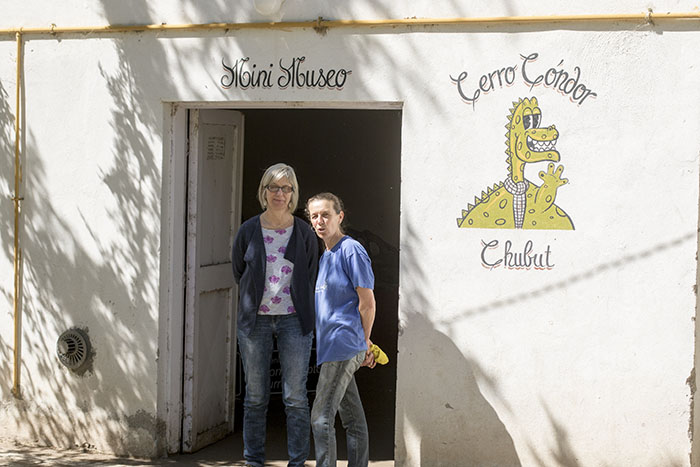
Small museum at Cerro Condor, with the intrepid Manon Berwyn
Our first point of call was Cerro Condor, missing from most road maps but the sight of several recent dinosaur discoveries, including what has been claimed to be the largest ever found. In the last census Cerro Condor boasted 67 inhabitants, 12 of whom attend the local school run by Manon Berwyn. Manon is an amazing character and a great role model for the community; direct descendant of the original Mimosa colonists she has worked tirelessly for the community.
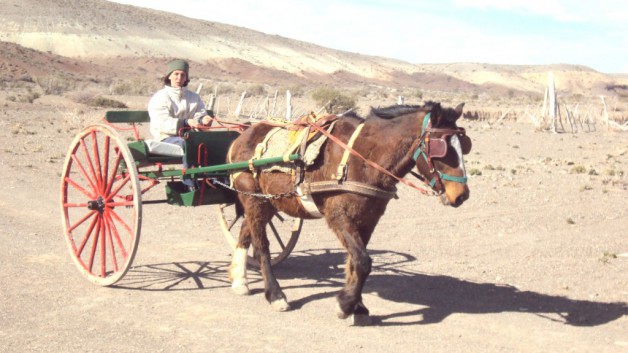
Manon Berwyn starting her 900km journey westwards [photo from El Chubut newspaper]
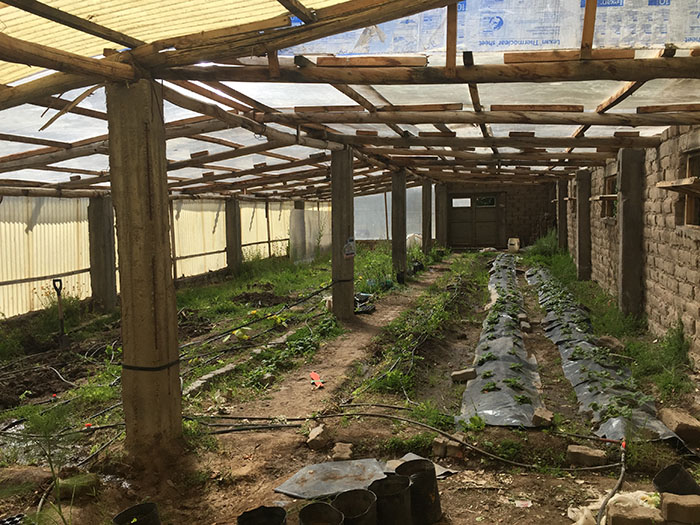
Growing food to sell in nearby Paso de Indios
Manon is a rural school teacher, but she is also in charge of a project –in which the schoolchildren participate– to grow fruit and vegetables for sale in nearby towns to bring in more funds for her school. Not only that, she runs a museum where travellers can see some of the nearby dinosaur finds and is currently assembling another museum of the history of the area.
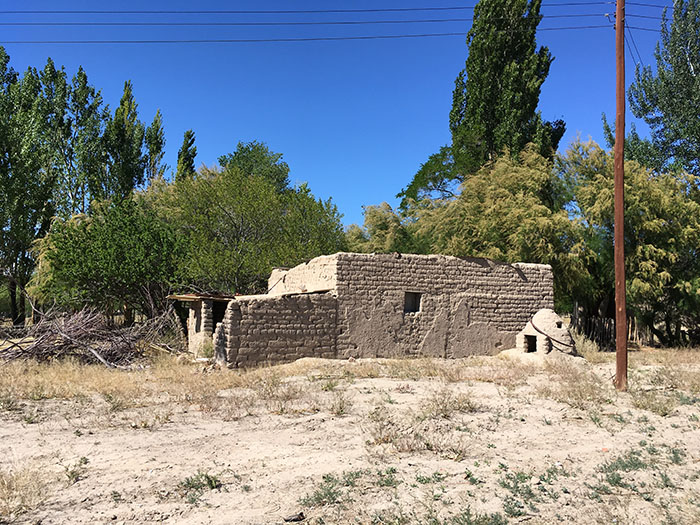
Buildings made of mud brick …
We saw a small factory too for the manufacture of handmade mud bricks, cut and baked in the scorching sun and used in local construction.
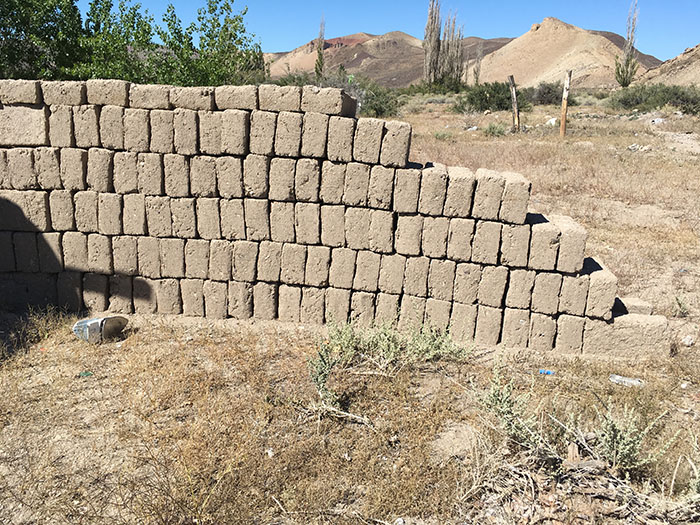
… and the bricks themselves
We had heard of a recent dinosaur find near Cerro Condor, where the dinosaur, as yet unidentified, was found in a seated position, and Manon guided us to it. This find is important to palaeontologists as it may reveal information not found in cases where the bones have been scattered
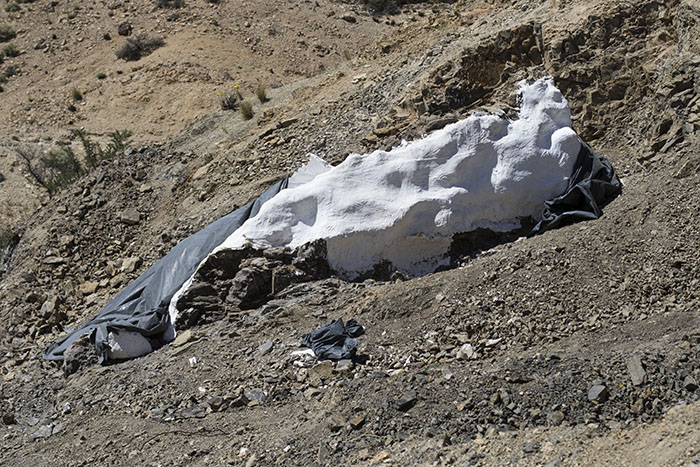
New dinosaur find near Cerro Condor
At the moment it is covered in plaster and plastic sheeting (see above) to protect it until scientists come down from Canada in January to begin its investigation.
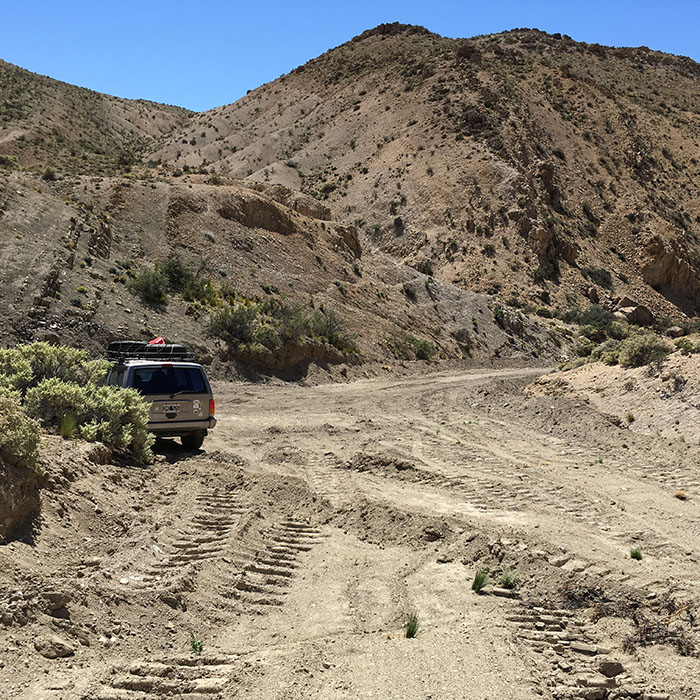
Mountain roads around where the dinosaur was found
As we drove north we noticed several instances of family graves and cemeteries; the photo above is a more developed example. None of the ones we saw bore any markings as the occupants were presumably known to those who had interred them.
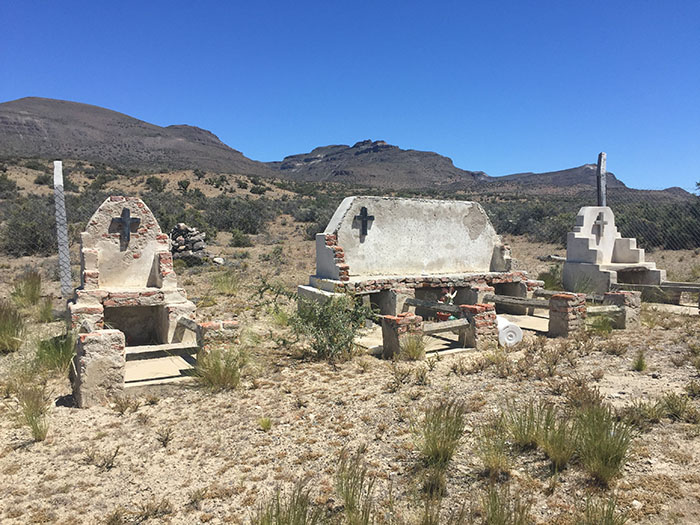
Family graves
And then it was time for lunch in Paso del Sapo, in the Restaurant Las Nietas, where Martin had eaten a couple of years earlier.
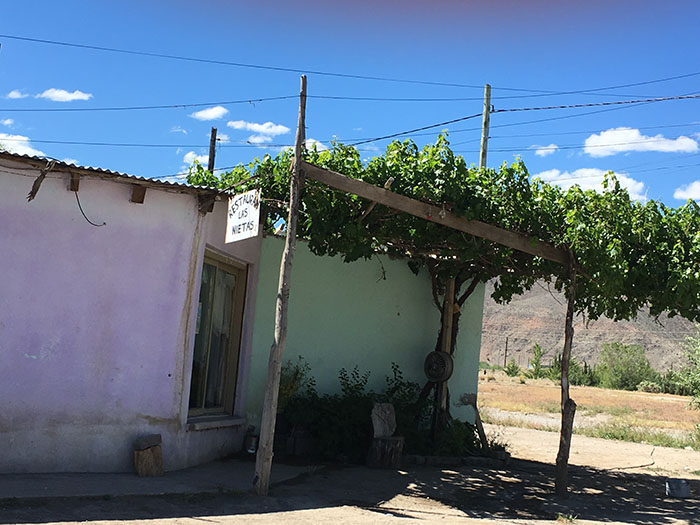
Las Nietas restaurant, Paso del Sapo
The name Paso del Sapo has nothing to do with toads or mountain passes – Sapo was the name of a ferryman who once carried people over the Chubut river at this point and said to have had a toad-like face which earned him the nickname ‘sapo’.
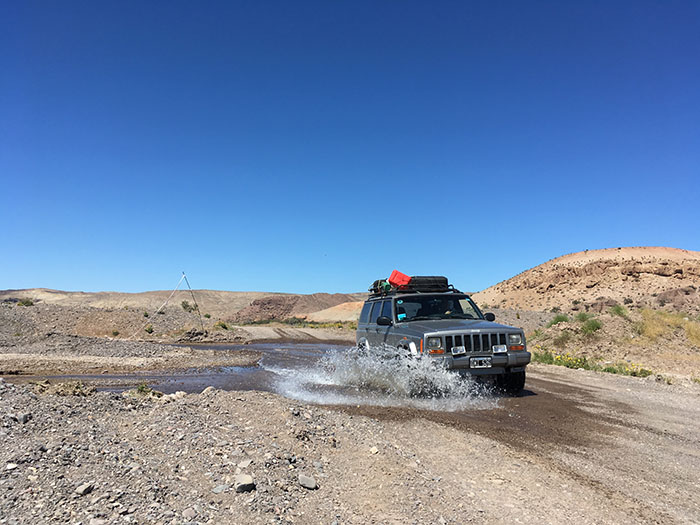
Silver the Jeep having a bit of a paddle
And then it was Silver’s turn to do some river crossing, although this little ford is a little less forbidding than the mighty River Chubut.
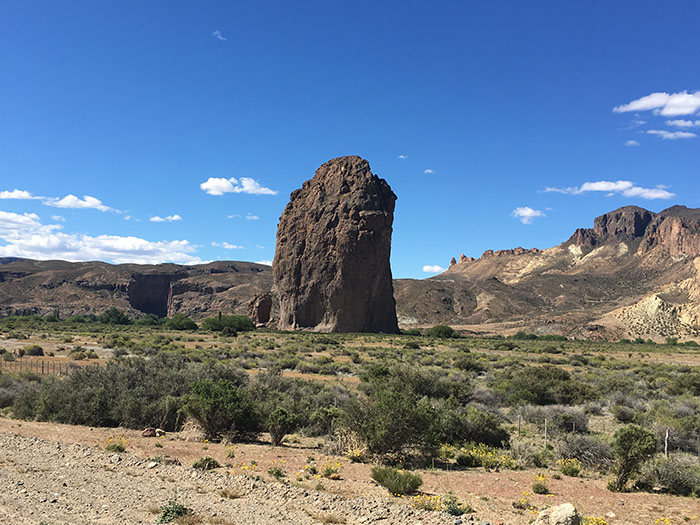
Piedra Parada (standing rock), which has given its name to this place
Our next stop was Piedra Parada, where we took a turn recommended by a fellow traveller to explore a volcanic crater. We never reached the crater but we did find the most beautiful roads and were thoroughly delighted with the area – to which we have vowed to return!
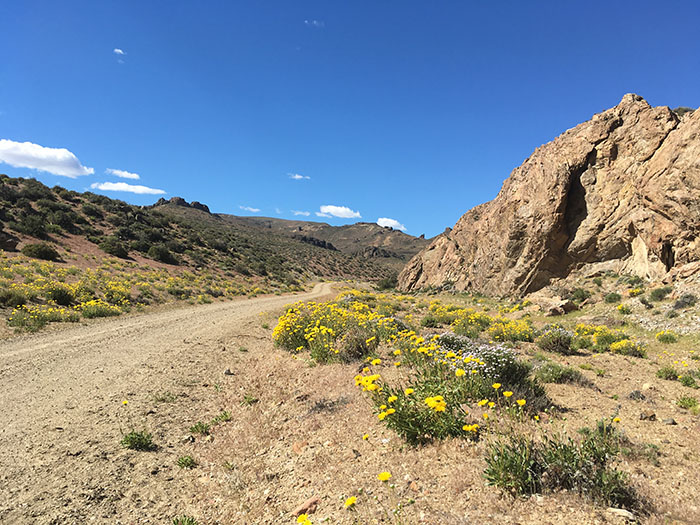
Part of the road we drove up behind Piedra Pintada
We missed the Southern Vizcacha that live in the canyons around here (referred to for some reason as ‘killer bunnies’ by our acquaintance Jeremy who recommended the area), but we did manage to mop up one or two more examples of wild life that we had seen earlier and not photographed. Not great photos, but they will serve as a record.
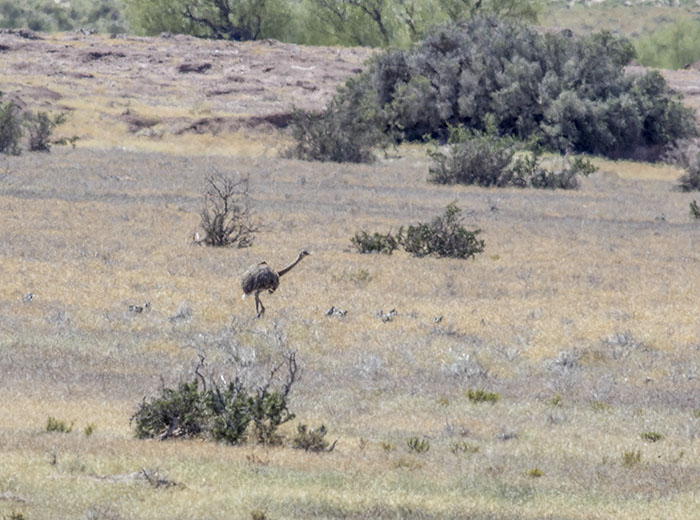
Lesser Rhea (aka Darwin’s Rhea), with young just visible

Armadillo

A cheeky hare (a European intruder)
And we finally hit the tarmac and drove into Esquel for a bite to eat and a good night’s rest. It had been a long but good day’s trip. We stayed at the same hotel as before, and fell asleep almost immediately.

A final reminder of the size and scale of Patagonian valleys